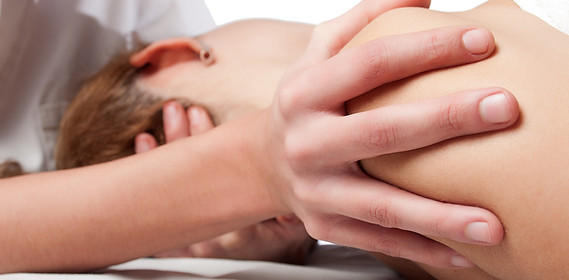YOU ARE SAFE IN OUR HANDS
Osteopaths complete a four or five-year degree course combining academic and clinical work. This is similar to a medical degree, with more emphasis on anatomy and musculo-skeletal medicine and includes more than 1000 hours of training in specific osteopathic technique.
Qualification generally takes the form of a bachelor’s degree in osteopathy – a BSc (Hons), BOst or BOstMed – or a master’s degree in osteopathy (MOst). Many osteopaths continue their studies after graduating.
Osteopathy is one of the oldest approaches to medicine and health.
These days it is commonly associated with the treatment of lower back or spinal pain. The osteopathic approach is to not just treat the symptoms but assess and treat the body as a whole. Osteopaths will assess the symptomatic area but will also analyse the persons general state of health, including stress, emotional factors, medical health and nutrition. All these factors can affect soft tissue and joint health and hinder the healing process. Through a thorough and careful analysis to discover the root causes of an individual’s problem, osteopaths are able to facilitate the body’s ability to heal itself, without the need for drugs or surgery.
Osteopathy is well recognised by the NHS and NICE (National Institute for Health and Care Excellence) and is accepted worldwide as an effective treatment for a wide variety of conditions.
PROUD MEMBERS OF:
The standards of osteopathic training and practice are maintained and developed by the General Osteopathic Council, the profession’s statutory regulator established under the Osteopaths Act 1993.
Osteopaths are required to update their training throughout their working lives. We must complete at least 30 hours of Continuing Professional Development (CPD) per year in order to remain registered.
The British Medical Association’s guidance for general practitioners, states that doctors can safely refer patients to osteopaths.
Our Osteopaths are registered with the General Osteopathic Council (GOsC). The GOsC "regulate the practice of osteopathy in the United Kingdom. By law osteopaths must be registered, in order to practice. The GOsC work with the public and osteopathic profession to promote patient safety by registering qualified professionals, and setting, maintaining and developing standards of osteopathic practice and conduct."
Osteopathy is a gentle treatment involving physical manipulation, stretching and massaging a person’s muscles and joints.
The foundation of Osteopathy is to maintain good structural balance and function throughout the musculo-skeletal system including the spine, joints, muscles, ligaments and tendons, which will enable it to keep working at its optimum. Good structural balance will positively influence the nerve, blood and lymph flow which have an effect on the overall health of the body’s tissues and internal organs. It is because of this that osteopathy, as well as treating the obvious back and neck pain, is also aimed at improving general health and wellbeing.

